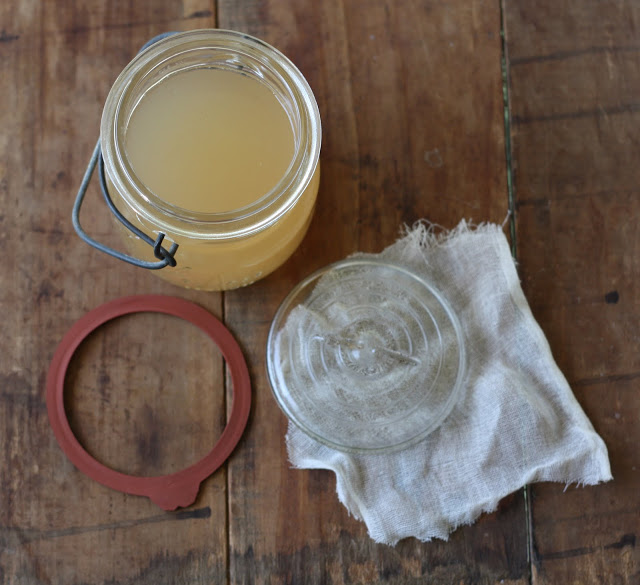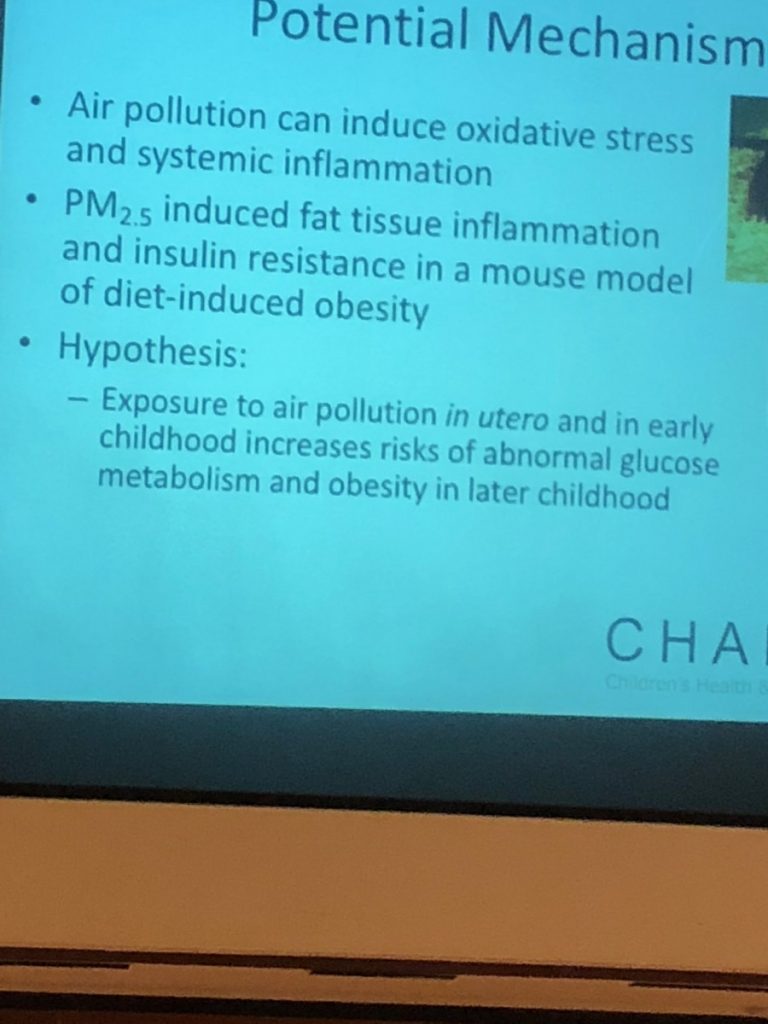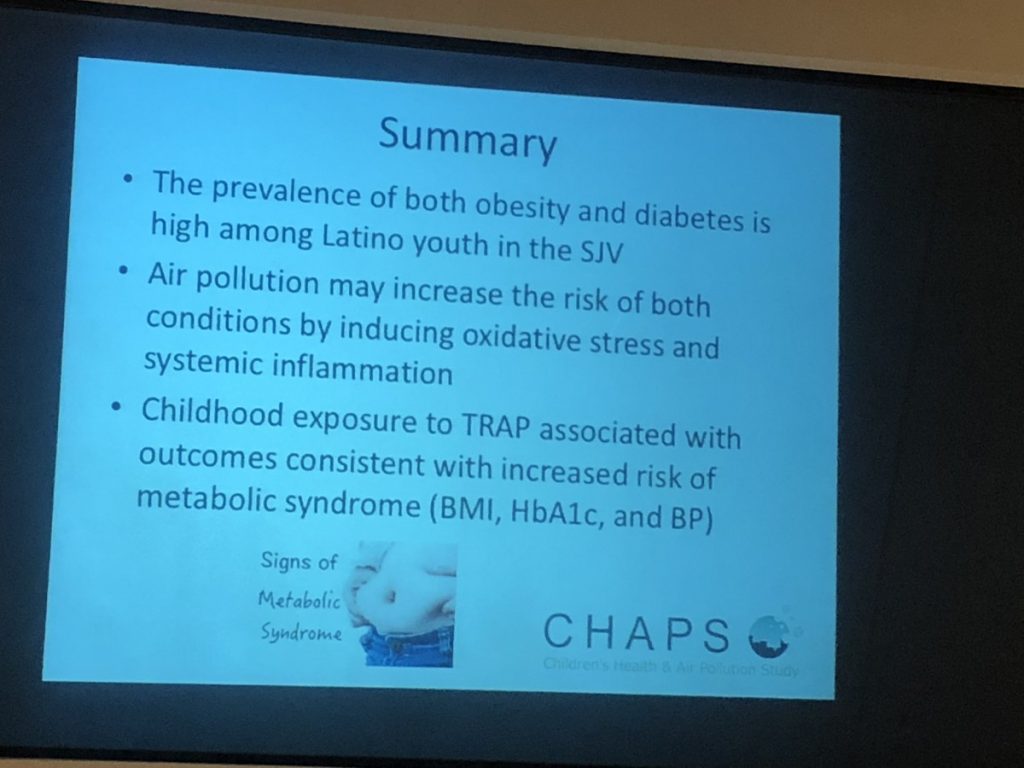The below is from the D5 teaching manual. We hope it’s useful for you and your kids! It’s a long Direction, but here are a few common terms to get you started.
DirectionThree: The Body/Earth Connection
The whole problem of health, in soil, plant, animal and man is one great subject.”
— Sir Albert Howard, 1939
Introduction:
The information available today on the state of our Earth’s health and its relation to our health is overwhelming, sad and often times discouraging. Shortsighted thinking leaves our planet and our very future in peril.
Consider the words from The Constitution of the Iroquois Nations:
“In all of your deliberations in the Confederate Council, in your efforts at law making, in all your official acts, self-interest shall be cast into oblivion. Cast not over your shoulder behind you the warnings of the nephews and nieces should they chide you for any error or wrong you may do, but return to the way of the Great Law, which is just and right. Look and listen for the welfare of the whole people and have always in view not only the present but also the coming generations, even those whose faces are yet beneath the surface of the ground – the unborn of the future Nation.”
We need to live today as if it’s seven generations from now and make decisions not only for ourselves but also for those who will walk on this Earth in 200 years. They will thank us for keeping them in our minds and hearts.
In order to make good choices we need to understand how our decisions affect the Earth’s health and our health. Keep in mind that only 1/32 of the earth’s surface is suitable for food production. We all share the world’s resources and as of 2008 the global population is 6.83 billion people with one billion overweight or obese and nearly one billion without adequate nutrition.
Here are some common terms:
An Aquifer is an underground source of water. This water may be contained in a layer of rock, sand or gravel.
The Body Burden is the total amount of a chemical in the body. Some chemicals build up in the body because they are stored in body organs like fat or bone or are eliminated very slowly.
An ecosystem is a system formed by the interaction of a community of organisms with their environment.
Energy is usable heat or power with the major sources being petroleum or coal. Renewable energy sources include solar and wind power.
Exposure refers to contact with a chemical by swallowing, breathing or direct contact such as through the skin or eyes. Exposure may be either short term (acute) or long term (chronic).
The Farm Bill is an omnibus bill, which is a Latin word that means ‘for everything.’ It is the primary agricultural and food policy tool of the United State government. The Farm Bill impacts the environment, our food and water supply and safety, organics, food assistance programs and the health of rural communities. It can be controversial because of food subsidies, meaning the government pays farmers to grow or not to grow certain crops and subsidizes farmer’s incomes. The Farm Bill is hundreds of pages long and can be found at:
http://www.usda.gov/wps/portal/usda/usdahome?navid=FARMBILL2008
Food miles refer to the distance food travels to the point of production to the time it reaches the consumer. Food miles are one factor used in assessing the environmental impact of food. On average food travels between 1,500 and 2,500 miles before it arrives in your kitchen.
A Foodshed is a term used to describe the flow of food from producer to consumer. This general definition considers a geographic area that supplies a population area with food.
Global Warming is the gradual increase in the temperature of the earth’s atmosphere, believed to be due to the greenhouse effect, caused by increased levels of carbon dioxide, chlorofluorocarbons, and other pollutants.
Genetically Modified Organism (GMO) are organisms whose genetic characteristics have been altered by the insertion of a modified gene or a gene from another organism using the techniques of genetic engineering. This relatively new science allows DNA from one species to be injected into another species in a laboratory, creating combinations of plant, animal, bacteria, and viral genes that do not occur in nature or through traditional crossbreeding methods.
Inputs are defined as what is put in, taken in, or operated on by any process or system.
A kilocalorie, commonly referred to as kcal, is a unit of energy equivalent to 1000 calories.
A life cycle assessment, also known as Cradle to Grave Assessment, is a technique to assess environmental impacts associated with all the stages of a product’s life from-cradle-to-grave. As an example, you would ‘follow’ an apple from the farm where it is grown to the store where it is sold to your table and analyze all the impacts to the Earth and therefore your health.
A pathogen is a bacterium, virus, or other microorganism that can cause disease.
Pesticides are chemicals used to eliminate or control a variety of agricultural pests that can damage crops and livestock and reduce farm productivity. The most commonly applied pesticides are insecticides (to kill insects), herbicides (to kill weeds), rodenticides (to kill rodents), and fungicides (to control fungi, mold, and mildew). Of these pesticide classes, herbicides (weed killers) are the most widely used. Today, over 1 billion tons of pesticides are used in the US every year.
http://www.epa.gov/pesticides/factsheets/securty.htm
A watershed is the area of land where all of the water that is under it or drains off of it goes the same direction and into the same place.



